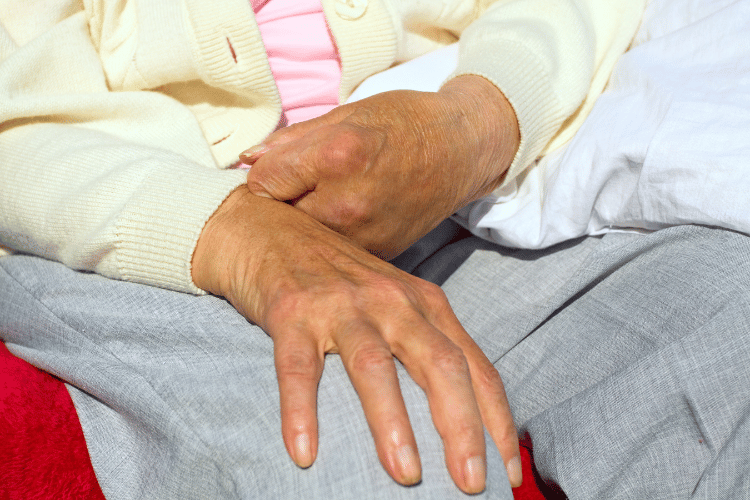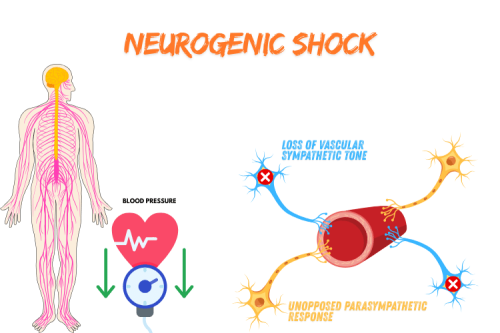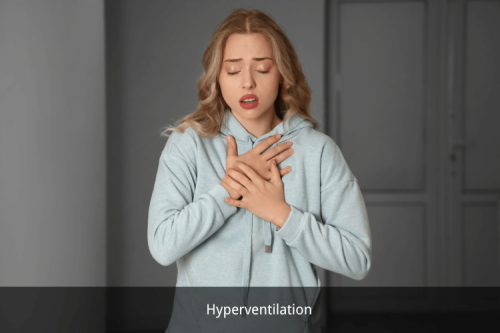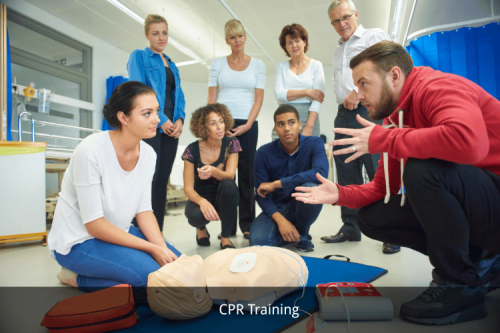
Introduction: Understanding the Final Stages of Stroke
Stroke remains one of medicine's most complex and devastating conditions. While modern treatments have improved survival rates, severe strokes - particularly massive hemorrhagic or brainstem strokes - often lead to a progressive decline that families and caregivers need to recognize.
What many don't realize is that the body follows a distinct physiological process as it begins shutting down. For healthcare teams, these signs inform critical care decisions. For families, understanding these changes can provide precious time to prepare emotionally and ensure their loved one's comfort.
In this comprehensive guide, we'll examine both the clinical markers and human aspects of end-stage stroke care, combining medical expertise with compassionate support strategies.
1. Neurological Decline: The Brain's Shutdown Process
Progressive Unresponsiveness
- Early Stage: Patient becomes drowsy, difficult to arouse
- Mid Stage: Only responds to painful stimuli
- Late Stage: Coma (no response to any stimuli)
Clinical Insight: A Glasgow Coma Scale score ≤8 indicates severe impairment. When combined with fixed pupils, this suggests irreversible brainstem damage.
Breathing Pattern Changes
- Cheyne-Stokes Breathing: Cyclic waxing/waning breaths with apnea pauses
- Central Neurogenic Hyperventilation: Rapid, deep breathing (brainstem injury)
- Ataxic Breathing: Erratic, irregular rhythm (terminal stage)
Timeline Note: These patterns typically emerge 24-72 hours before death but may appear earlier in brainstem strokes.
2. Cardiovascular Collapse: Circulatory Failure
Vital Sign Deterioration
- Blood pressure drops (systolic <90mmHg)
- Heart rate becomes irregular (bradycardia or extreme tachycardia)
- Peripheral pulses weaken or disappear
Pathophysiology: As the brainstem fails, autonomic regulation of circulation collapses. The body prioritizes oxygen to vital organs, leading to:
Skin Changes
- Mottling (Livedo Reticularis): Purple lace-like pattern on knees/feet
- Cool Extremities: Hands/feet become cold as circulation fails
- Dusky Nail Beds: Blue-gray discoloration from poor oxygenation
3. Respiratory Failure: The Struggle for Air
Death Rattle (Terminal Secretions)
- Cause: Loss of swallow/cough reflexes
- Sound: Wet, gurgling breathing
- Management:
- Repositioning (lateral recumbent)
- Anticholinergics (glycopyrrolate)
- Gentle suctioning
Apnea Episodes
- Breathing pauses lengthen (30+ seconds)
- Gasping respirations may occur
- Final breaths are often shallow and infrequent
4. Metabolic Shutdown: Systemic Effects
Urinary/Bowel Changes
- Incontinence (autonomic failure)
- Decreased urine output (kidney hypoperfusion)
- Fecal impaction (loss of motility)
Temperature Dysregulation
- Initial fever (cytokine release)
- Later hypothermia (metabolic failure)
- Profuse sweating (autonomic storm)
5. Psychological and Behavioral Signs
Terminal Restlessness
- Agitation, moaning, or purposeless movements
- May indicate:
- Hypoxia
- Metabolic acidosis
- Pain
Management: Low-dose morphine or midazolam for comfort
Withdrawal from Environment
- Decreased interaction
- Eyes remain closed
- May stop speaking entirely
Special Consideration: Brief periods of lucidity ("terminal clarity") can occur but don't indicate recovery.
Emotional and Ethical Considerations
For Families
- Common Emotions: Guilt, helplessness, anticipatory grief
- Practical Steps:
- Create a peaceful environment
- Say important goodbyes
- Consider spiritual support
For Care Teams
- Communication Tips:
- Use clear, compassionate language
- Explain physiological changes
- Validate family emotions
- Ethical Decisions:
- When to transition to comfort care
- Managing artificial nutrition/hydration
- DNR considerations
Comprehensive FAQ Section
Clinical Questions
Q: Can these signs be mistaken for recovery? A: Brief alert periods (terminal lucidity) may occur but are transient. Proper recovery shows sustained improvement across multiple parameters.
Q: Is death after a stroke painful? A: Unresponsive patients typically don't experience pain. Medications ensure comfort if any signs of distress appear.
Caregiver Guidance
Q: How can we keep our loved one comfortable?
- Moisturize your mouth/lips
- Gentle repositioning (every 2-3 hours)
- Soft music/touch if tolerated
- Avoid unnecessary interventions
Q: When should hospice be involved? A: When:
- Curative treatment is no longer effective
- Patient meets Medicare hospice criteria
- Family desires comfort-focused care
Timeline Concerns
Q: How long does the dying process take after stroke? Typically 24-72 hours once active dying begins, though some patients decline over several days.
The Bottom Line: Compassion in Final Hours
Recognizing these signs allows families and clinicians to:
- Shift focus to comfort and dignity
- Make informed care decisions
- Prepare emotionally for loss
For Healthcare Teams:
- Provide clear, frequent updates
- Offer bereavement resources
- Respect cultural/spiritual practices
For Families:
- Don't hesitate to ask questions
- Take breaks when needed
- Seek grief support early
Additional Resources
- [National Hospice and Palliative Care Organization]
- [American Stroke Association Family Support]
- [Caregiver Stress Management Tools]
Remember: Even in medicine's most difficult moments, your presence and love matter most. By understanding these signs, you're already providing the best possible care - the care of informed compassion.








 Login with Google
Login with Google Login with Facebook
Login with Facebook